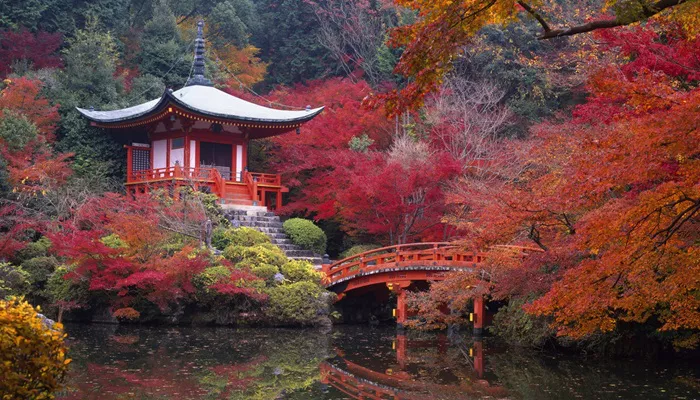Huiji Temple is one of the famous Buddhist temples in China. It is known for its peaceful environment and beautiful temple architecture. Many visitors come here to find calm and learn about Buddhist teachings. This article will explain the temple’s history, its religious meaning, and what visitors should know before visiting.
History of Huiji Temple
Origins and Early Development
Huiji Temple was first built during the Northern Song Dynasty, about 1,000 years ago. It started as a small place for monks to practice meditation and study Buddhist scriptures. Over time, the temple grew and became an important center for Buddhist learning and worship.
Changes Through Dynasties
During the Yuan and Ming Dynasties, Huiji Temple was rebuilt several times. Each time, the temple became larger and more beautiful. The temple’s architecture reflects the styles of these periods, showing both simple and elegant designs. This history shows how the temple has been valued for many centuries.
Modern Restoration
In recent decades, Huiji Temple has been carefully restored. The government and Buddhist communities worked together to protect its cultural and religious heritage. Today, the temple is open to visitors and remains a place for monks and laypeople to practice Buddhism.
Religious Significance of Huiji Temple
A Place for Meditation and Learning
Huiji Temple is a place where Buddhists come to meditate and seek wisdom. Meditation helps calm the mind and develop compassion. The temple also hosts teachings and ceremonies based on Buddhist scriptures. These activities help people connect with the core values of Buddhism.
Connection to Buddhist Schools
The temple is linked to the Chan school of Buddhism, which focuses on meditation and direct experience of enlightenment. This school is very popular in China. Huiji Temple helps keep these teachings alive and spreads their message to new generations.
Symbolism in Temple Architecture
The buddhist architecture of Huiji Temple is rich with symbolic meaning. For example, the main hall represents the Buddha’s presence and the harmony of the universe. The layout of buildings follows principles that aim to create balance and peace, helping visitors feel closer to spiritual truth.
Temple Architecture and Layout
Main Structures of Huiji Temple
The temple includes several important buildings:
- Main Hall: The largest hall where statues of the Buddha and bodhisattvas are kept.
- Bell Tower and Drum Tower: Used to call monks to prayer and mark time.
- Living Quarters: Where monks live and practice their daily routines.
- Meditation Hall: A quiet space for meditation and spiritual training.
Art and Decorations
Inside the temple, visitors will find beautiful statues, paintings, and carvings. These artworks show stories from Buddhist scriptures and important Buddhist figures. The decorations are carefully made to inspire respect and reflection.
The Natural Environment
Huiji Temple is usually surrounded by mountains, trees, and water. This natural setting adds to the sense of peace and supports Buddhist ideas about harmony between humans and nature.
Visitor Guide to Huiji Temple
How to Get There
Huiji Temple is located near a well-known city or scenic area, making it easy to visit by public transport or car. Visitors should check local travel information for the best routes and transportation options.
What to Expect When Visiting
When visiting Huiji Temple, visitors should dress modestly and behave respectfully. It is important to keep quiet and follow temple rules. Photography may be limited in some areas to preserve the sacred atmosphere.
Recommended Activities
- Attend a meditation session or Buddhist service to experience temple life.
- Explore the temple buildings and appreciate the buddhist architecture.
- Visit the temple shop to find Buddhist books, incense, and souvenirs.
Best Time to Visit
The best time to visit Huiji Temple is during spring or autumn when the weather is mild and the natural surroundings are most beautiful. During festivals, the temple is lively but can be crowded, so plan accordingly.
Conclusion
Huiji Temple is a special place that offers spiritual peace and deep cultural history. It is a great destination for anyone interested in Buddhism, temple art, or simply seeking calm in a busy world. Whether you come to meditate, learn, or admire the architecture, Huiji Temple welcomes all with open arms.

